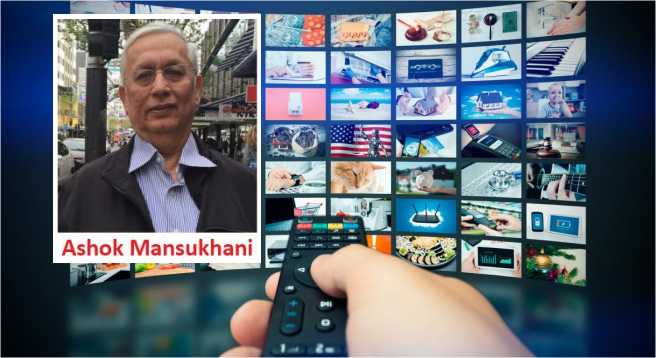By Ashok Mansukhani
For the past 18 years, broadcasters have been at war with the sector regulator the Telecom Regulatory Authority of India (TRAI).
When a notification under Section 2 (1) (k) proviso was issued on 09.01.2004 at the request of the Delhi High Court, the government entrusted TRAI with the basic task of regulating cable and broadcasting services in the country.
The broadcasters filed a series of writs in the Delhi HC in 2005, claiming inter- alia that the proviso gave untrammelled powers to the government. In a seminal judgment dated 09.07.2007 in the case of Star India Ltd vs TRAI in WP 24105/2005, the Delhi High Court rejected the petition stating that the “abiding and enduring intention of the legislature was that broadcasting should be monitored by a distinct statute and till such time this does not happen, the TRAI Act would regulate this activity, if the Government so desires” (Para 30).
On the second ground of powers to regulate broadcast tariff under Section 11 (2) of the TRAI Act, the HC strongly rejected the broadcasters’ argument that “market forces should prevail” and held that “the fixation of tariffs by the Authority is within the competence even in regard to broadcasters. We are steadfast in this verdict even on the touchstone of Articles 14/19 (1) (a)/19 (1) (g) and or Articles 301 or 307 of the Constitution (SLP in Supreme Court was rejected).”
This empathic judgment did not bring a quietus to the intense discomfort of broadcasters with TRAI. They failed to arrive at a modus vivendi of dialogue/discussion and persuasion with the regulator. This led to another round of litigation on the New Tariff Order 1 in 2017/2018 through the Madras High Court and ended up in the Supreme Court.
However, the Supreme Court in the Civil Appeal No 7326-7329 of 2018 in the case of Star India Ltd vs DIPP dated 30.10.2018 in para 37 stated that The Explanatory Memorandum to the Tariff Order shows that the focus of the Authority has always been the provision of a level playing field to both broadcasters and subscriber… The Authority has shown that it does not encroach upon the freedom of the Broadcasters to arrange their business as they choose.
This was not to be the end of the litigative spirit of the broadcasters who went to Bombay HC when NTO 2.0 was notified in 2020. By its judgment dated 30.06.2021 in Writ Petition 680/2020, the Bombay High Court upheld the constitutional validity of Section 11 of the TRAI Act and upheld NTO 2.
It rejected their arguments that the tariff order and regulations violated their fundamental rights of expression and business.
The broadcasters filed an appeal in the Supreme Court in 2021, which refused to grant an interim stay against the Bombay HC judgment. At this stage, an effort was made for a rapprochement between the broadcasters and TRAI. No doubt, the change of guard in the Ministry of Information and Broadcasting and TRAI must have helped to cool down tempers.
TRAI set up a series of discussions in late 2021 with all the stakeholders. The Broadcasters withdrew their appeals in the SC in early 2022. TRAI finally issued a new consultation paper in May 2022.
At the CII Big Picture summit on November 16, 2022 in New Delhi, TRAI Chairman PD Vaghela stated, “Our recent consultation on tariff-related issues for television channels and bouquets is a result of multiple discussions with each group of stakeholders. We expect the industry to respond with tariffs and prices that do not put an undue burden on the consumers…If all service providers work in a cohesive manner, Trai may take further steps to move towards forbearance.”
This set the stage for significant concessions by TRAI to satisfy the broadcasters. The revised tariff order and regulations have been hailed by the broadcasters, who are relieved that, finally, they have been able to get a set of new tariff regulations that suit their business interests. These new amendments move them to a path of regulatory forbearance where the market forces could prevail as in the developed Western economies in future years.
The four significant concessions given to the broadcasters are well-known and summarised s below:
# Continuance of forbearance on MRP of TV channels.
# Only those channels with an MRP of Rs.19 or less will be permitted to be part of a bouquet.
# A broadcaster can offer a maximum discount of 45 percent while pricing its bouquet of pay channels over the sum of MRPs of all the pay channels in that bouquet.
# A discount offered as an incentive by a broadcaster on the maximum retail price of a pay channel shall be based on the combined subscription of that channel both in a-la-carte and in bouquets.
The broadcasters have widely welcomed these concessions, and laudatory print and digital media articles have praised TRAI for its new conciliatory approach.
Personally, this writer supports all the latest amendments of November 2022 made by TRAI to take effect in early 2023. The writer was surprised as to why NTO 2.0 was notified in 2020 in the first place when enough time had not been given to the industry and customers by TRAI to settle down to a new digital tariff regime, which came into effect only in 2019.
However, broadcast policy influencers are already talking about TRAI (hopefully) issuing another consultation paper on the distribution sector to amend regulations relating to network capacity fee (NCF) to ‘reduce cable prices’.
Two hints in this direction are firstly the TRAI Press Note to the new tariff and Interconnection Regulation amendments which states: “TRAI, in the present amendments, addressed only those critical issues suggested by the Stakeholders’ Committee to avoid inconvenience to consumers while implementing the Tariff Amendment Order 2020. Several issues were put forward and may take further suitable measures to address the ensuing issues if the situation warrants during these meetings.”
Another is a wish list published on a digital website, allegedly on behalf of broadcasters, which claims, astonishingly enough, that there is a “need to further regulate distributors,” that is the MSOS/LMOs.
According to the article quoting multiple industry sources, it is claimed that “the network capacity fee (NCF) is one of the critical issues to be addressed in the next amendments, which is crucial for further lowering of cable bill of a consumer. Currently, the consumer is paying the NCF for the channels chosen by MSOs. This is quite contradictory to the basic objective of the tariff order – keeping consumer choice supreme.
“On the other hand, Operators charge ‘substantial carriage fees’ from FTA channels to be a part of their NCF offering. In all, the Regulator has another daunting task to solve the NCF issue that has the potential to reduce the cable bill further.”
This writer can personally testify to the fact that in the past 18 years of TRAI regulations, the distribution sector – more so, the MSOs/LMOs — have struggled to survive, with the broadcasters having the upper hand economically. Only in the past three years since the implementation of NTO 1 has a level playing field begun to take shape.
To the credit of TRAI, right from the first set of regulations of 2004-2006 to the current date, a serious effort has been made by the regulator to keep a level playing field amongst all stakeholders. This was well recognised by the Supreme Court in the 2018 NTO 1 judgment.
This was never liked by the broadcasters, who always were desirous of dictating a take-it-or-leave-it subscription strategy to the MSOs/DTH networks.
Now that the broadcasters have made peace with the regulator, they need to sit across a table with MSO/DTH networks and work out long-term distribution deals to enable the legacy industry to meet the severe challenge of OTT cord cutting and the departure of rural customers to DD FreeDish.
This writer hopes that even though TRAI has, in his considered opinion, gone a long way to assuage the angst of broadcasters by issuing the new tariff order/regulations, it will always keep in mind that the preamble to the TRAI Act enjoins upon the regulator to “protect the interest of service providers and consumers of the telecom sector”.
If this is kept in mind, distributors will always be given a level playing field by TRAI and allowed to grow with their broadcaster brethren keeping consumer interest as their common paramount concern.
(The author is a media veteran having spent decades with the government and private sector media organizations, specializing in legal and policy matters. He was recently super-annotated from the Hinduja group having been in the leadership team that built the group’s media business and is now a practising high court lawyer based in Mumbai. The views expressed in the write-up are those of the author and Indianbroadcastingworld.com need not necessarily subscribe to them.)
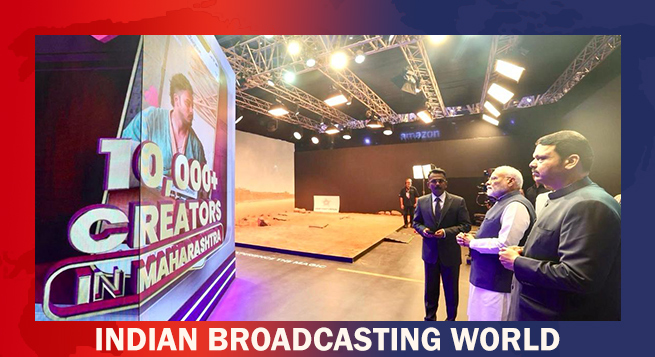 MIB to unveil M&E sector statistical handbook today at WAVES
MIB to unveil M&E sector statistical handbook today at WAVES 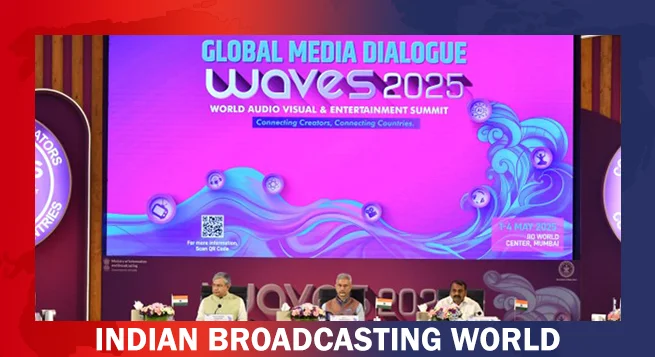 WAVES 2025: Media dialogue backs creativity, heritage & ethics in AI Era
WAVES 2025: Media dialogue backs creativity, heritage & ethics in AI Era 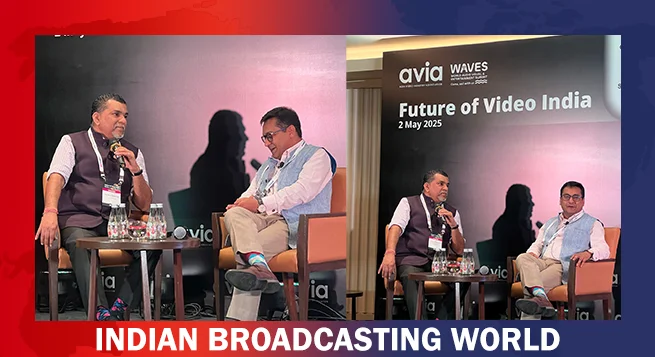 Pay TV leaders chart course for India’s linear TV in digital age
Pay TV leaders chart course for India’s linear TV in digital age 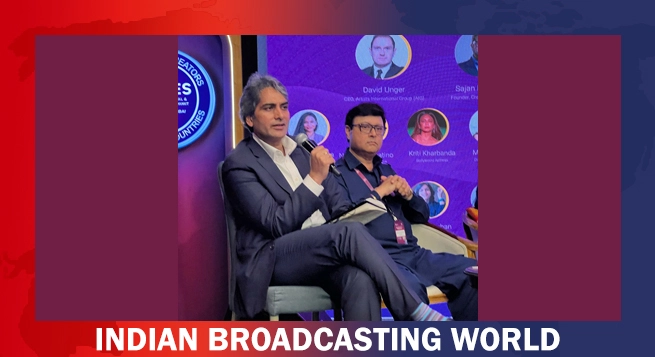 Sudhir Chaudhary announces new show for DD News, says “Good content still has a place” at WAVES 2025
Sudhir Chaudhary announces new show for DD News, says “Good content still has a place” at WAVES 2025 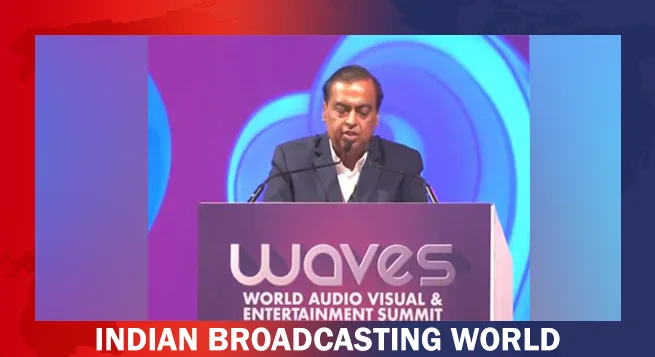 India can lead global entertainment revolution: Mukesh Ambani
India can lead global entertainment revolution: Mukesh Ambani 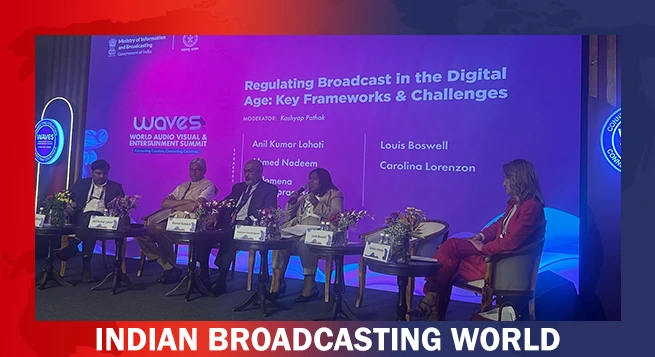 TRAI chief not in favour of separate rules for OTT, legacy b’casters
TRAI chief not in favour of separate rules for OTT, legacy b’casters 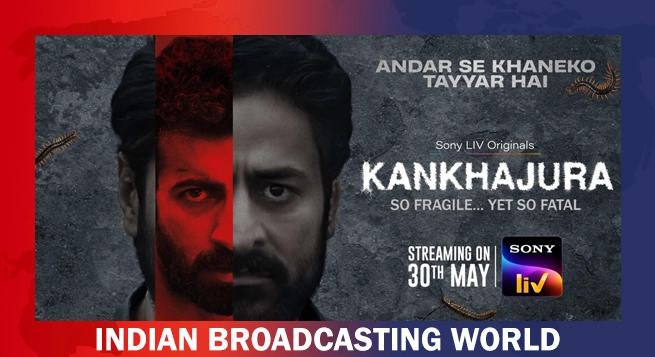 ‘KanKhajura’ start streaming on Sony LIV from May 30
‘KanKhajura’ start streaming on Sony LIV from May 30 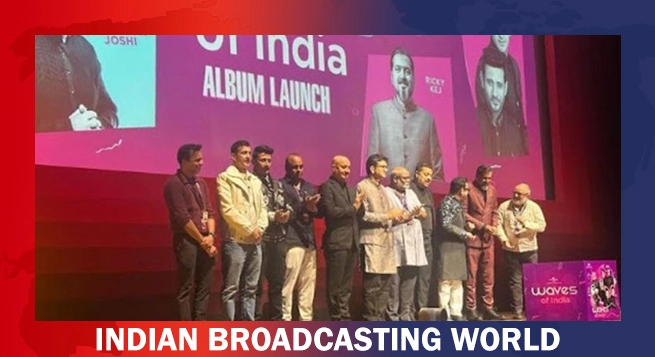 Koyal.AI debuts at WAVES 2025, set to revolutionise music videos with GenAI
Koyal.AI debuts at WAVES 2025, set to revolutionise music videos with GenAI 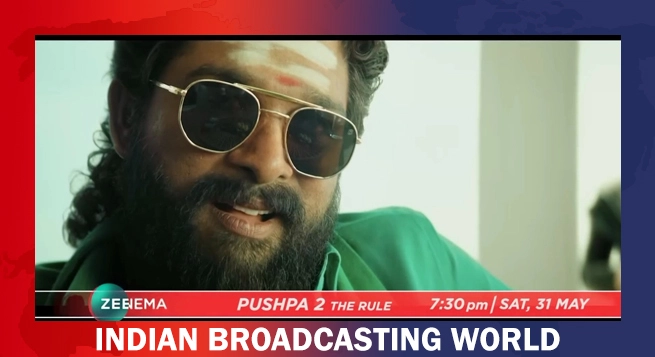 Zee Cinema to premiere ‘Pushpa 2: The Rule’ on May 31
Zee Cinema to premiere ‘Pushpa 2: The Rule’ on May 31 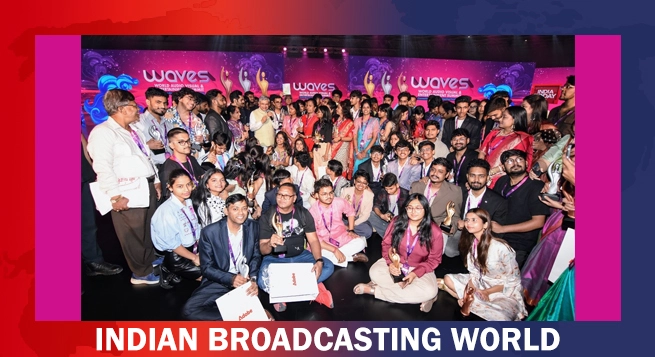 ‘Create in India Challenge’ S1 honours global talent at WAVES
‘Create in India Challenge’ S1 honours global talent at WAVES 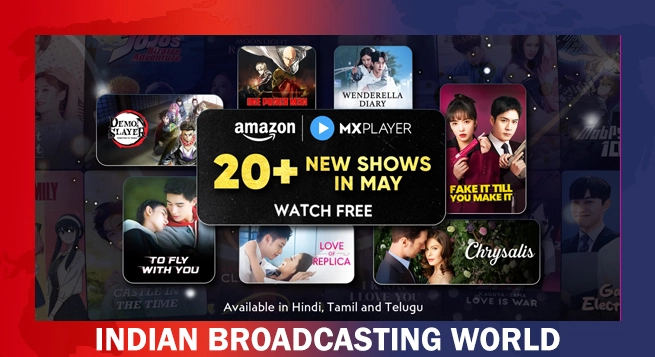 Amazon MX Player adds 20+ dubbed international titles
Amazon MX Player adds 20+ dubbed international titles 


